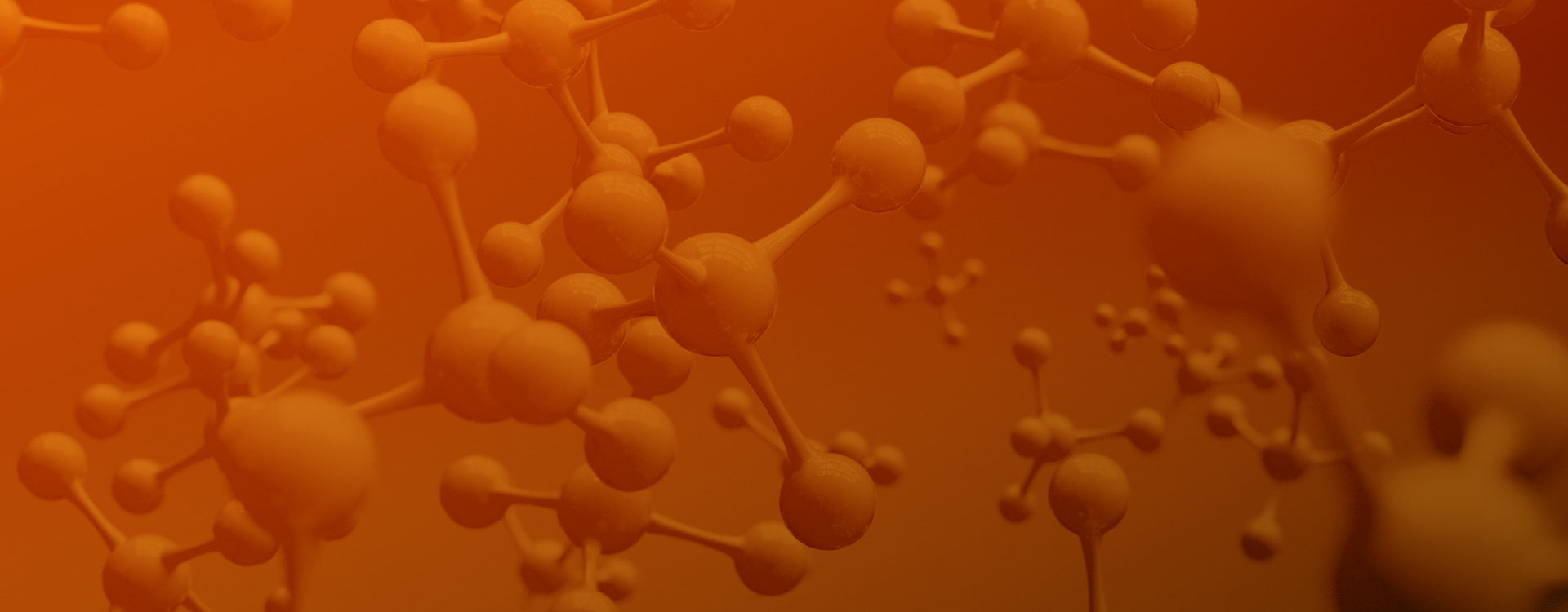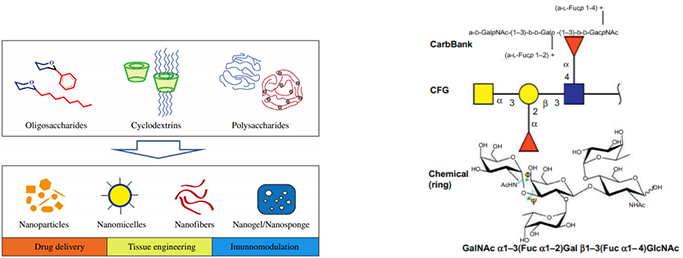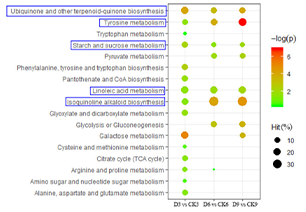
Quantitative Analysis of Carbohydrates
Quantitative Analysis of Energy Metabolism
Quantitative Analysis of Short-Chain Fatty Acids
Quantitative Analysis of Fatty Acids
Quantitative Analysis of Bile Acids
uantitative Analysis of Trimethylamine Oxide and Related Metabolites
Quantitative Analysis of Amino Acids
Quantitative Analysis of Neurotransmitters
Quantitative Analysis of Organic Acids
Quantitative Analysis of Flavonoids
Quantitative Analysis of Carbohydrates
Quantitative Analysis of Plant Hormones
Quantitative Analysis of Carotenoids
Quantitative Analysis of Tannins
Quantitative Analysis of Phenolic Acids
Quantitative Analysis of Anthocyanins
The chemical nature of sugars is polyhydroxy aldehyde or polyhydroxy ketone and its derivatives, which can be divided into monosaccharides, disaccharides and polysaccharides. The main functions of sugar in the human body: (1) As an energy substance, under normal circumstances, 70% of the energy required by the human body comes from the oxidation of sugar. (2) As structural components, glycoproteins and glycolipids are important components of cell membranes, and proteoglycans are structural components of connective tissues such as cartilage and bone. (3) Participate in the formation of biologically active substances, including sugars in nucleic acids, plasma proteins with transport functions, and antibodies with immune functions. Most membrane proteins recognized and transported are glycoproteins, as are many enzymes and hormones. (4) As a carbon source for the synthesis of other biomolecules, sugar can be used to synthesize substances such as lipids and amino acids.

Journal: Science of the Total Environment Impact factor: 6.551 Published date: June, 2020 Published by: Chinese Academy of Forestry
n increasing number of moso bamboo habitats are suffering severe drought events. The improvement in our understanding of the mechanisms of drought-resistance in moso bamboo benefits their genetic improvement and maintenance of forest sustainability.
Here, we investigated the metabolic changes across the annual growth cycle of moso bamboo in the field under drought stress using liquid chromatography coupled to mass spectrometry (LC-MS) based on untargeted metabolomic profiling


The metabolic information provides new insights into the biochemical pathway underlying stress tolerance in bamboo plant.
Tong Ran,Zhou Benzhi,Cao Yonghui et al. Metabolic profiles of moso bamboo in response to drought stress in a field investigation.[J] .Sci. Total Environ., 2020, 720: 137722
 © Copyright 2015-2022 Suzhou PANOMIX Biomedical Tech Co.,Ltd
© Copyright 2015-2022 Suzhou PANOMIX Biomedical Tech Co.,Ltd